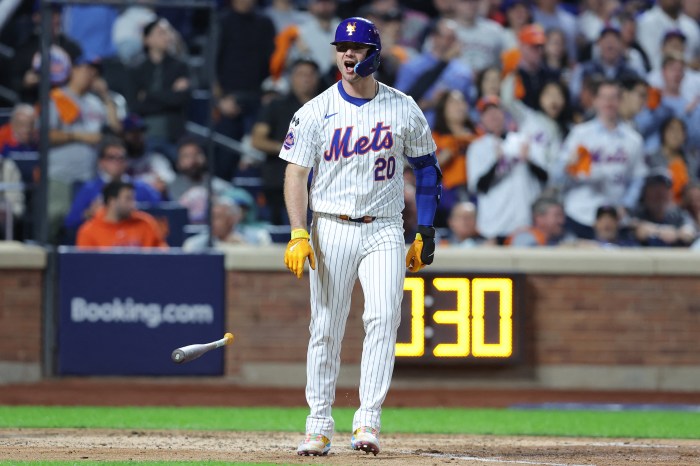The city’s effort to install bike lanes along Northern Boulevard has run into more flak in Queens, where the Dept. of Transportation has again ignored the community board and pushed through its own plan.
In the latest case, the DOT overrode Community Board 11’s vote for an alternative proposal to put the bicyclists on the sidewalk rather than removing a lane from Northern Boulevard between Bayside and Douglaston. Emotions are running high over the bike lanes, which have pitted riders aligned with Transportation Alternatives, the bicyclist advocacy group, against store owners, civic leaders and some residents in Douglaston.
CB 11, one of the borough’s most engaged community boards, narrowly approved the DOT’s original plan in June to take a lane from Northern for a protected bike path and cut the speed limit to 30 mph from 40 mph. But last month the board rescinded its vote, opting instead for an in-house proposal to widen the sidewalks for pedestrians and bikers to share.
Although the DOT agreed to consider the sidewalk plan — as a future capital project — the agency went ahead with its own agenda “to deliver critical safety benefits for the community and all street users.”
Where does this leave the community board, which has the power to approve or disapprove a project but no veto?
Community board members vote, but the vote is not binding. It is only a recommendation on land use, municipal services from city agencies and budgets. The 50 or so members of each board are appointed by the borough president and the City Council member — not elected — which limits their clout.
In 2016, Mayor Bill de Blasio did an end run around CB 4 in Corona, overruling its vote to green-light the second phase of the Queens Boulevard reconstruction project — minus the protected bike lane. The borough president had backed CB 4.
Under orders from the mayor, whose unprecedented Vision Zero initiative has cut fatalities on Northern, the DOT installed the lanes.
The mayor’s top priority is saving lives on the “Boulevard of Death,” but the voice of the community is not always being heard amid worries over fewer parking spots, worse traffic snarls and lost business in shopping districts.
Community boards are made up of dedicated volunteers who spend long hours tackling complicated issues on behalf of their neighbors. It may be time to review the city charter that mandates the role of the boards, which do have influence but are cut out of the final decision on contentious projects. A public discussion on whether members should be elected or given a veto would clear the air.




































